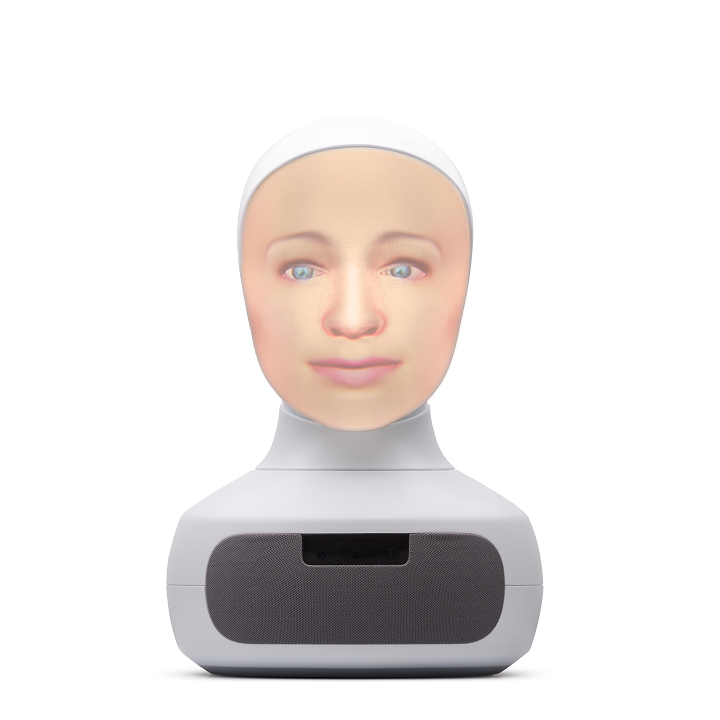
The iCub robot is a humanoid robot valued €200K, incorporates 53 DoFs (Degrees of Freedom) for moving the head, arms & hands, waist and legs, compliant actuators and sensors. The skin in forearms and hand palms allows for tactile HRI and fine object manipulation. The head has stereo cameras in a swivel mounting where eyes would be located on the human head and microphones on the side, to replace the ears. It also has lines of red LEDs representing mouth and eyebrows mounted behind the face panel for making facial expressions and expressing emotions.
The robot is already capable of eye and head motion, leg and body movement using accelerometers and gyroscopes, object recognition and a grasping movement of small objects, crawling, solving complex 3D mazes, collision avoidance within non-static environments and self-collision avoidance.
iCub is an open systems platform for research in robotics, AI, and cognitive science.

Sawyer is the revolutionary collaborative robot designed to execute tasks that have been impractical to automate with traditional industrial robots.
https://www.rethinkrobotics.com/sawyer/

Pepper is the world’s first social humanoid robot able to recognize faces and basic human emotions. Pepper was optimized for human interaction and is able to engage with people through conversation and his touch screen.
https://www.softbankrobotics.com/emea/en/pepper

NAO is the first robot created by SoftBank Robotics. Famous around the world, NAO is a tremendous programming tool and he has especially become a standard in education and research. NAO is also used as an assistant by companies and healthcare centers to welcome, inform and entertain visitors.
https://www.softbankrobotics.com/emea/en/nao

Furhat is a social robot that communicates with us humans as we do with each other - by speaking, listening, showing emotions and maintaining eye contact. This advanced research platform is used for Artificial Intelligence (AI), Human Robot Interaction (HRI), Cognition and Healthcare.
https://furhatrobotics.com/

FRANKA research 3 is a robotic arm developed by Franka Emika, designed for research and educational purposes in robotics and automation.
It features a seven-axis design, allowing for high flexibility and dexterity in performing various tasks. The arm is known for its sensitive force-torque sensors, advanced safety features, and easy programmability, making it suitable for human-robot collaboration and a wide range of research applications.
https://franka.de/